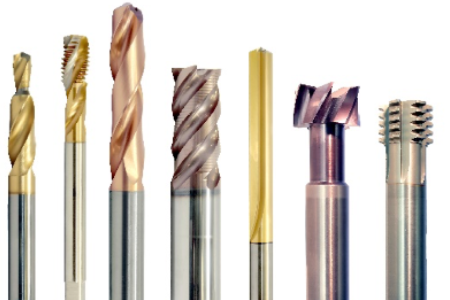Synthesis of High-Entropy Boride Powders
The synthesis of high-entropy boride powder generally uses five metal oxide powders as raw materials, and uses elemental boron or B4C as reducing agent to synthesize single-phase high-entropy borides through boron thermal reduction reaction or borothermal/carbothermic reduction reaction.
The process flow of synthesizing high-entropy boride powder by boron thermal/carbothermal reduction method is to add TiO2, ZrO2, HfO2, Nb2O5, Ta2O5 and B4C to anhydrous ethanol, and then put it into a planetary ball mill with tungsten carbide grinding balls for 10h, and then spin it. After drying, grinding and sieving, the uniformly mixed raw material powder is pressed into a φ50 body, broken into small pieces, heated to 1600°C for 1 hour in a vacuum sintering furnace, and then high-entropy boride powder is obtained.
Experimental studies have shown that temperature has a certain effect on the phase composition of high-entropy boride powders.
.png)
In addition to the synthesis temperature, the content of the reducing agent also has a great influence on the phase composition of the high-entropy boride powder.
.png)
The process flow of synthesizing high-entropy boride powder by boron thermal/carbothermal reduction method is to add TiO2, ZrO2, HfO2, Nb2O5, Ta2O5 and B4C to anhydrous ethanol, and then put it into a planetary ball mill with tungsten carbide grinding balls for 10h, and then spin it. After drying, grinding and sieving, the uniformly mixed raw material powder is pressed into a φ50 body, broken into small pieces, heated to 1600°C for 1 hour in a vacuum sintering furnace, and then high-entropy boride powder is obtained.
Experimental studies have shown that temperature has a certain effect on the phase composition of high-entropy boride powders.
.png)
In addition to the synthesis temperature, the content of the reducing agent also has a great influence on the phase composition of the high-entropy boride powder.
.png)

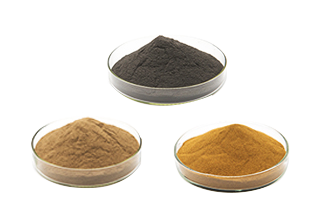
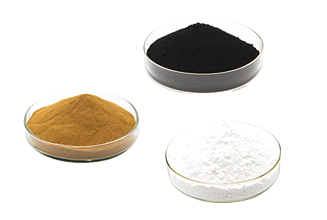
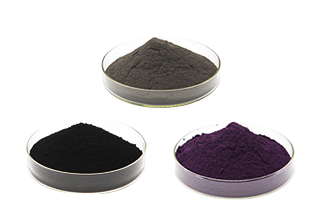
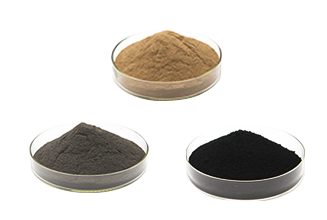
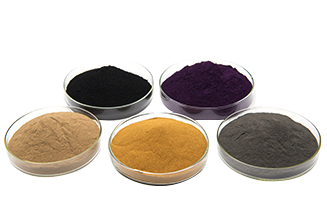
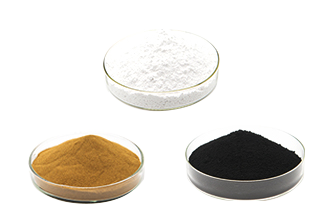
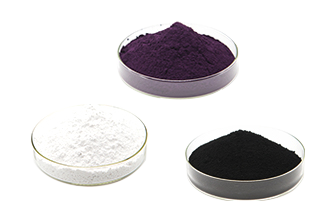



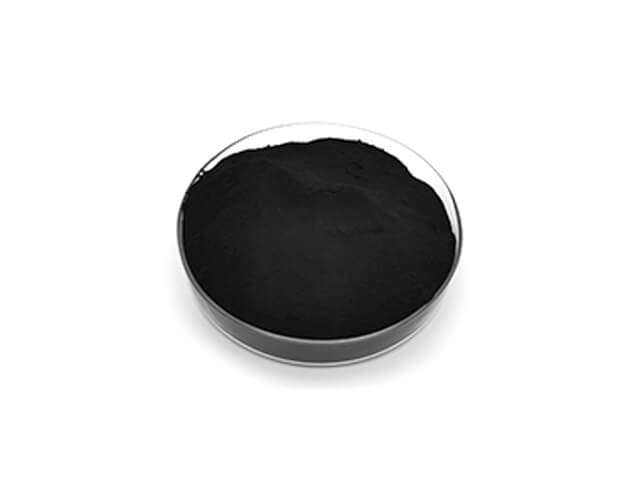
(1).jpg)

